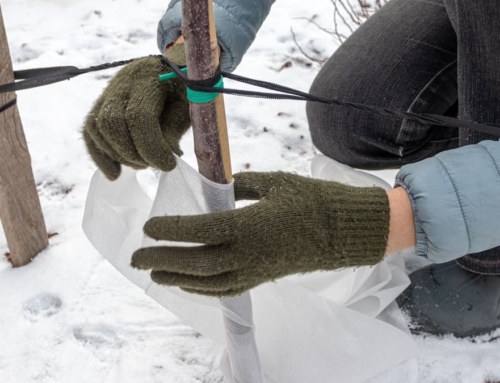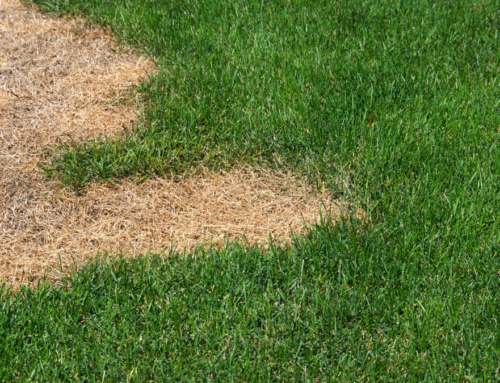Propagating Plants 101

If you’re a plant lover and have spent time on the internet in the past five years, you’ve probably heard something about plant propagation. If you haven’t, we’re here to give you the 101 on all things propagating.
What Is It?
Propagating plants is the process of reproducing plants from one singular bigger plant. One can use several techniques in propagating, such as division, budding and grafting. The most popular way of propagation is cutting, as it’s the easiest and the lowest risk of hurting the parent plant.
What You’ll Need
- Supplies you will need:
- A plant
- A small vase, old drinking glass, or other glass container
- Water
- Clean, sharp scissors
- Patience
- Choose a healthy, easy-to-grow plant with standard, developed roots.
- Your parent plant must be well established and healthy in its pot, ensuring that the plant will have no negative effects from being propagated.
- The easiest plants to propagate are pothos, philodendron, Tradescantia zebrina, spider plants and basil.
How to Propagate a Plant
- Find a section of the plant to cut; the best area contains about 2-3 leaves and is about 4-8″ long. You’ll want to find the node of the plant (the knob bump opposite of where the stem and leaves are attached to the main stem) and cut a diagonal cut just below the lowest node.
- The diagonal cut helps the plant take water and nutrients in, while the node at the bottom is where the new roots will develop.
- When choosing a glass, you should go for one that is tall and skinny, as this will stabilize the plant and access more water. You should also use a clear container to track the root growth.
- Roots should begin sprouting in a week after propagation. Check your plant’s water levels so the roots remain below the surface. Also, change the water once to twice a week to keep it from getting cloudy.
- Once your propagated plant has one strong root about 4 inches long, it’s time to pot your plant.
- Pot in a lightweight potting mix in a pot that fits the size of your cutting. Make sure it is placed in indirect sunlight until you see new growth. Once there is new growth, you can move it into the type of plant-recommended sunlight.
- Once your plant is moved to the soil, it’s important to ensure its soil is constantly moist (not soaking, which may cause root rot). Terrarium tops or plastic bags with holes for airflow over the top of the plant can also help trap moisture.
- After a week or so of heavy watering, start spacing out watering your plants to a normal schedule.
Propagating plants can be a rewarding experience, but it requires patience, knowledge and careful observation. By following the steps outlined and understanding your plant’s unique needs, you can successfully propagate any beginner plant. Remember, practice makes perfect, so keep trying and don’t get discouraged if you encounter setbacks. With time and experience, you’ll become a skilled plant propagator.






